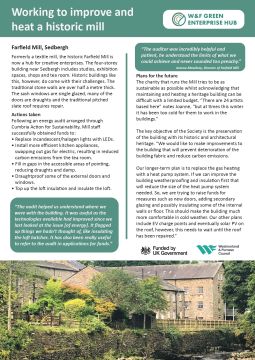Invest in your business, your team or yourself, with tailored support and training for whatever stage you're at.
Find support to grow your business...
Find stories and insights that will expand the knowledge in your business to help you adapt and change.
Learn from our resources...
Attend events and build connections with businesses from across Cumbria
Expand your network
Get in touch with our team.


